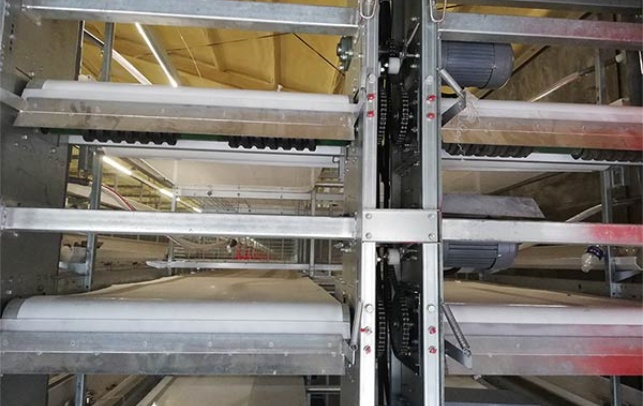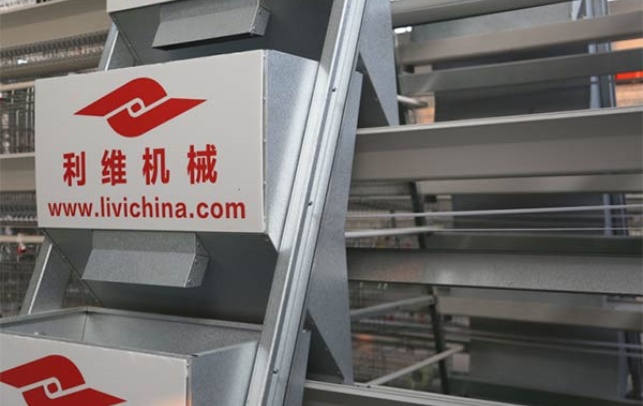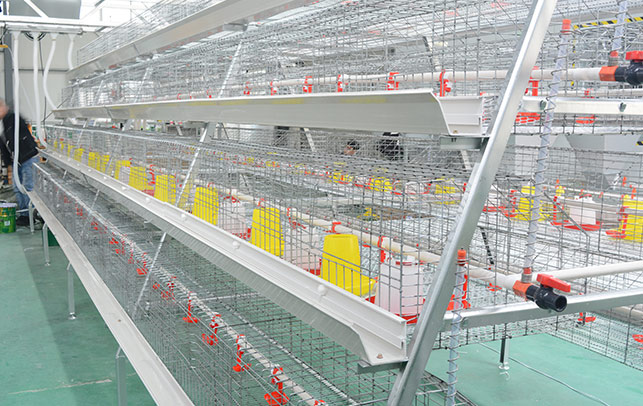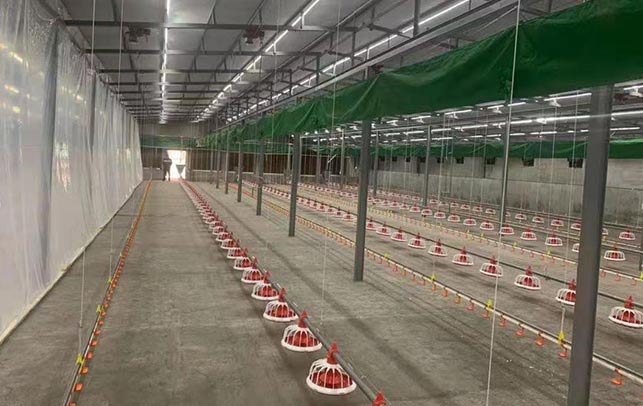Should chicken coops be in shade or sun?
Time : 2024-06-03
When it comes to raising chickens, one of the key considerations for their well-being and productivity is the environment in which they are housed. The location of the chicken coop, particularly whether it should be placed in the shade or sun, is a topic that requires thoughtful consideration. Factors such as climate, seasonal variations, and the welfare of the birds all play into this decision. In this comprehensive guide, we will explore the advantages and disadvantages of placing chicken coops in the shade or sun, helping you make an informed decision about the best location for your feathered friends.
Understanding the Importance of Environment
The environment in which chickens are raised significantly impacts their health, behavior, and overall welfare. Whether it’s extreme heat or cold, the environment can influence egg production, growth rates, and susceptibility to diseases. By carefully considering the placement of the chicken coop, farmers can optimize the living conditions for their flock, ensuring that the birds thrive and remain healthy.
The Case for Shade
Temperature Regulation
Placing a chicken coop in the shade offers several benefits, particularly in regions with hot climates. Shade helps regulate the temperature inside the coop, preventing overheating during the peak of summer. High temperatures can stress the birds, reduce egg production, and even lead to heat-related health issues. Shade provides a cooler environment, allowing the chickens to remain comfortable and active.
Protection from Sunburn
Just like humans, chickens can suffer from sunburn. Prolonged exposure to direct sunlight, especially for certain breeds with lighter feathers, can lead to sunburn on their combs, wattles, and other exposed areas. Placing the coop in the shade helps protect the birds from harmful UV rays, reducing the risk of sunburn and related complications.
Reduced Water Consumption
In shaded areas, chickens are less likely to overheat, leading to reduced water consumption. When chickens are exposed to excessive heat, they pant more frequently and drink larger amounts of water to stay cool. By providing shade, farmers can help conserve water and reduce the strain on water resources during hot weather.
Comfort and Well-Being
Shaded environments contribute to the overall comfort and well-being of the birds. Chickens are more likely to exhibit natural behaviors such as foraging, dust bathing, and socializing when they are not under the stress of extreme heat. A shaded coop encourages natural activities, promoting better mental and physical health for the chickens.
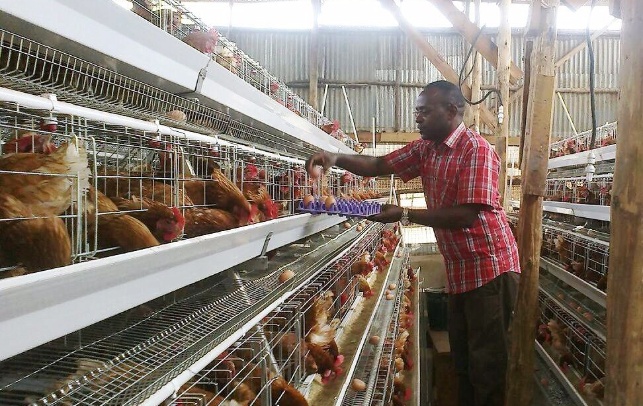
The Case for Sun
Natural Light Exposure
Placing the chicken coop in an area with ample sunlight ensures that the birds receive adequate natural light. Natural light exposure has various benefits, including supporting the birds’ circadian rhythms, which can positively impact their laying patterns and overall health. Additionally, natural light promotes vitamin D synthesis in chickens, contributing to strong bones and overall vitality.
Drying and Sanitization
Sunlight aids in drying out the coop and its surroundings, reducing moisture levels and minimizing the risk of bacterial and fungal growth. Damp environments can harbor pathogens and increase the likelihood of respiratory issues among the birds. Sunlight helps maintain a drier and cleaner coop, contributing to better hygiene and reducing the spread of diseases.
Pest Control
Sunlight can have a deterrent effect on certain pests and parasites. Placing the coop in a sunny area may help reduce the presence of mites, lice, and other unwanted insects that thrive in dark and damp environments. This natural pest control benefit can contribute to the overall health of the flock.
Winter Warmth
In colder climates, sunlight can help warm up the coop during the winter months. While excessive heat in the summer can be detrimental, strategic placement of the coop in an area that receives ample sunlight during the cooler seasons can provide warmth to the birds, aiding in maintaining comfortable temperatures.
Finding the Balance
Consideration for Climate
The decision to place a chicken coop in the shade or sun should be tailored to the specific climate of the region. Areas with scorching summers may necessitate shaded coops, while regions with milder climates may benefit from a balance of shade and sunlight throughout the year. Understanding the local climate is crucial in determining the optimal placement for the coop.
Seasonal Variations
It’s important to consider how the position of the sun changes throughout the year. Observing the movement of the sun and its effects on the coop’s location during different seasons can help farmers find an ideal compromise. Providing shade during the hottest months and allowing ample sunlight during cooler periods can offer the best of both worlds.
Flexibility and Adaptability
Farmers should aim to create a coop environment that allows for flexibility. This might involve incorporating adjustable shading structures or movable coops that can be repositioned based on seasonal variations. Adaptable setups enable farmers to respond to changing weather patterns and ensure that the birds have suitable conditions year-round.






